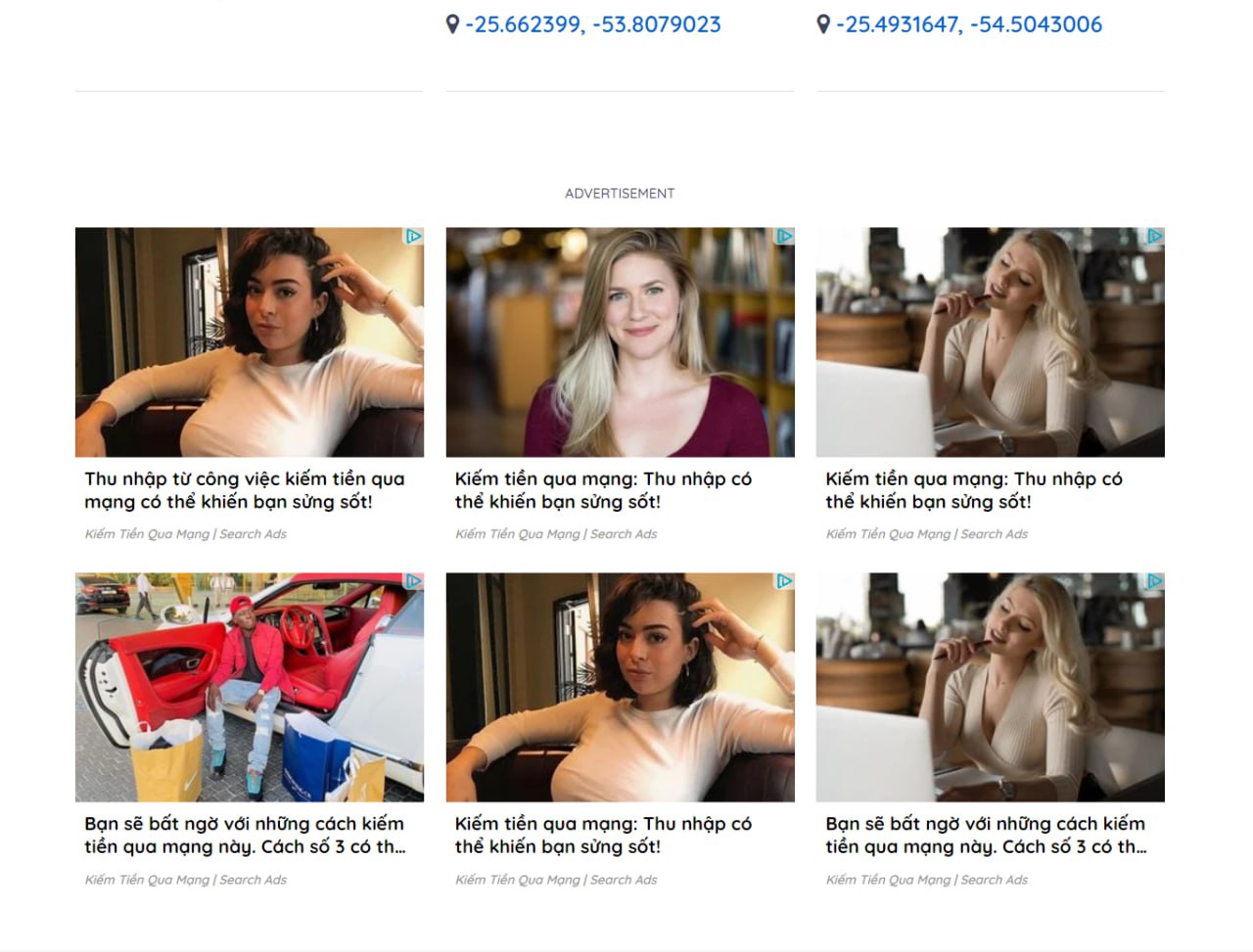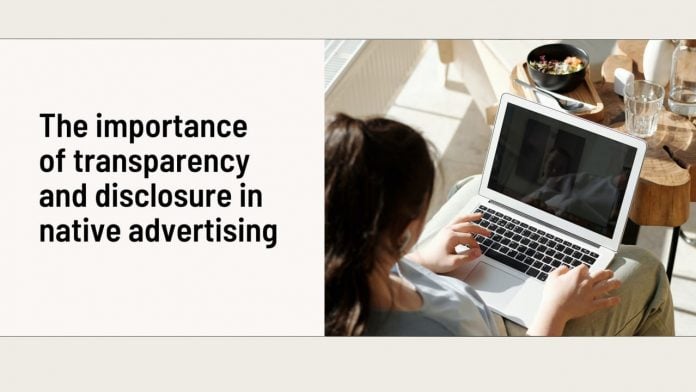Native advertising has become an increasingly popular form of advertising in recent years, with brands looking for ways to reach consumers in a more organic and non-intrusive manner. However, the rise of native advertising has also brought up concerns about transparency and disclosure.
Contents
Transparency and disclosure are important for users
Just like ordering a vegetarian pizza and receiving a meat lover’s instead, consumers don’t like feeling misled or deceived by advertising. It’s important for brands to be transparent about their sponsored content to avoid losing trust with their audience. While many people enjoy reading branded articles, they want to know upfront that it’s promotional material and not an unbiased piece of journalism. In fact, according to a study conducted by the Interactive Advertising Bureau (IAB), 66% of consumers believe that it is important to know if an article or video is sponsored by a brand.
Failure to disclose this information can result in negative perceptions and damage to a brand’s reputation. Therefore, clear disclosure is crucial for creating a successful native advertising campaign that resonates with consumers.
Transparency and disclosure are important for advertisers
Let’s take another example. If you’re marketing a healthy meal delivery service, it might be tempting to use images of indulgent, high-calorie foods in your advertising to grab the attention of consumers who are looking for something delicious. However, this tactic could backfire if the customers who click on your link end up feeling misled by the content of your service.
Instead, focus on honesty in your advertising by showcasing your healthy, nutrient-rich meals and providing transparent information about the ingredients and nutritional value. While this may not attract as many clicks initially, the customers who are genuinely interested in healthy eating will be more likely to engage with your brand and become loyal customers. Honesty and transparency can lead to better long-term results for your business.
In fact, brands that are transparent about their sponsored content are more likely to build trust with consumers, which can lead to increased engagement and sales. And according to a study by the IAB, 39% of consumers are more likely to share a sponsored article if it is labeled as such.
In addition, transparency and disclosure in native advertising are not just ethical considerations, but legal ones as well. The Federal Trade Commission (FTC) has guidelines in place for native advertising, which require that sponsored content be clearly labeled as such. Failure to follow these guidelines can result in legal action and fines.
How to ensure transparency and disclosure in native advertising?

There are several ways to ensure transparency and disclosure in native advertising. One way is to clearly label sponsored content as “sponsored” or “advertisement.” This can be done through visual cues, such as a different font or background color, or through a disclaimer at the top or bottom of the content.
Another way to ensure transparency and disclosure is through a clear separation of sponsored and non-sponsored content. This means that sponsored content should be clearly distinguished from other content on the website or platform, and should not be presented in a way that could be confused with non-sponsored content.
In conclusion, transparency and disclosure are crucial in native advertising. Brands should take steps to clearly label sponsored content and ensure that it is clearly separated from non-sponsored content. If the content is great, consumers won’t mind if it’s abundantly clear that it’s sponsored material. So stop beating around the bush, and start proudly telling the world that you care about creating relevant and helpful content. By doing so, you can build trust with consumers and avoid potential legal issues. And in PubPower DSP platform, we offer various features to help advertisers ensure transparency and disclosure in their promoted content. PubPower provides clear labeling and separation of sponsored content from non-sponsored content, which helps advertisers comply with the FTC guidelines but in a way that provides maximum benefit to advertisers.
You might be interested in FTC’s guidelines for your native advertising campaigns. Refer to it here.





